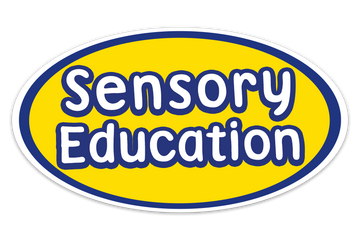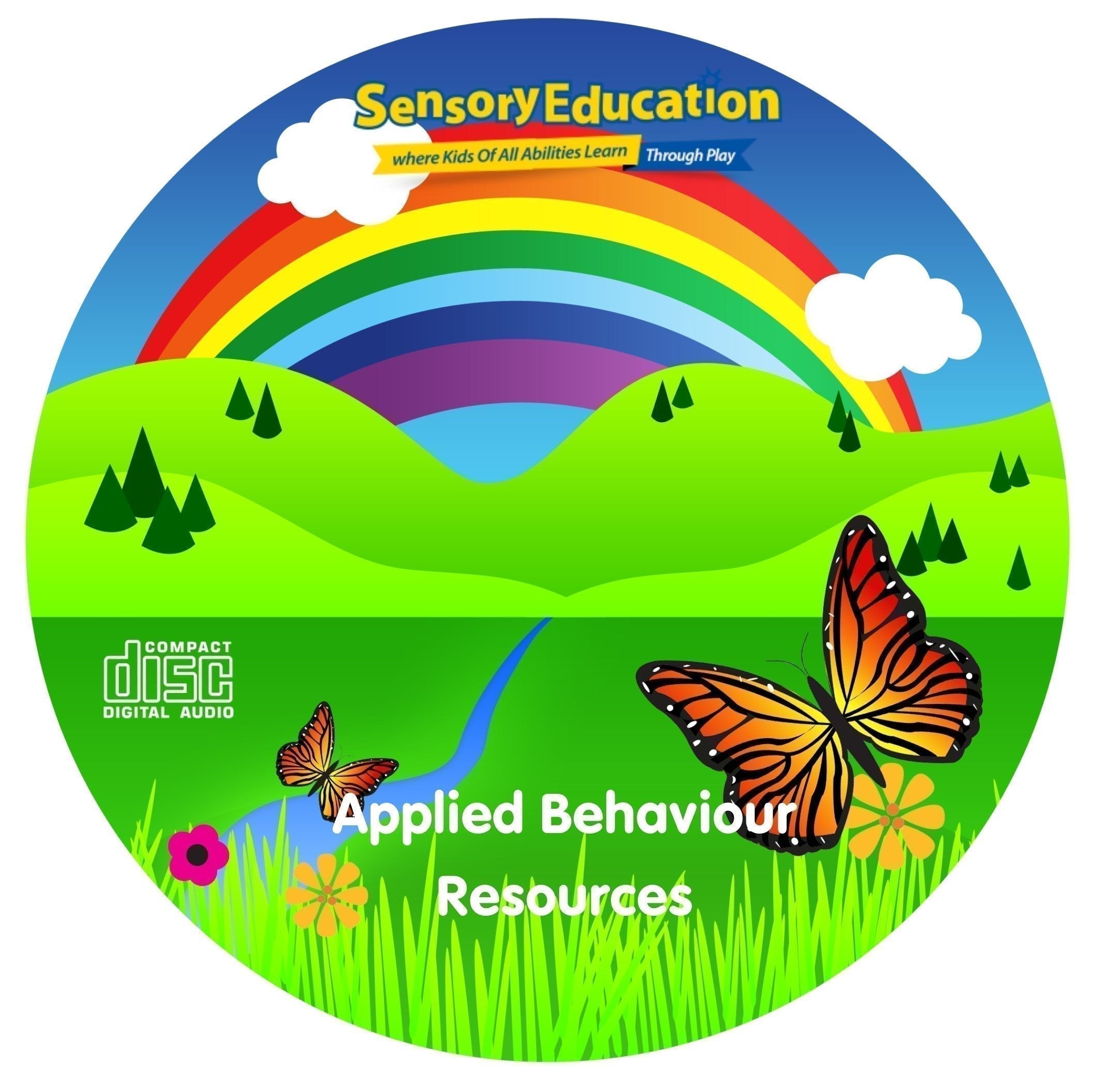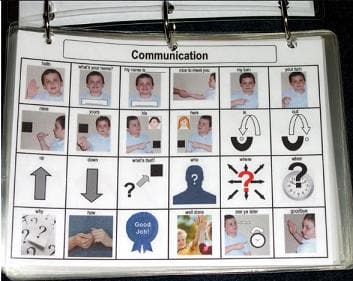Description
Using our complete program CD rom you will have everything you need to start a detailed and easy to use ABA program.
The disc contains all of the following items: 1)Full instructions on how the full program works 2) E-Book One:This is a huge, 224 page book with over 900 color pictures inside.
You’ll find easy-to-read instructions with examples to follow.
This book is a must have for anyone starting or already running an ABA Autism Treatment Program.
You’ll also find: A easy to follow ABA program ABA Manual and Training Information Data sheets
Program Descriptions Lots of assorted Worksheets
An example sensory diet The Big Book of Numbers Speech Drills and much, much more!!
You’ll even find activities listed for: Pairing Physical Exercise Oral Motor Exercises Sensory Integration Activities Self Help Skills Nonverbal Imitation Drills Receptive Instructions Tacting / Labeling Intraverbal Sounds Program and a whole lot more!
E-Book Two: Language Processing Drills This is a 103 page e-book filled with language processing drills for your child or student with Autism or language processing disorders.
Included are definitions and teaching tools you can use with your child or student during these language processing drills or during any other type of teaching program.
Using 196 pictures and 180 language processing drills, this book is divided into the following six sections: Picture Discrimination Plural vs.
Singular Adjectives & Opposites Prepositions Intraverbal Fill-ins Intraverbal Categories How this e-book works: Because children with language deficits can be such visual learners.
The book is set up in a way that allows you to open the book with the “picture” pages facing your child and the “questions” pages facing you.
This makes therapy sessions go much smoother.
There is also provided helpful hints at the bottom of some of the “questions” pages to assist you along your way.
Also included are data collections sheets for you to keep track of your child's progress during the program.
Book Three: More Language & Learning Exercises You’ll find 196 pages of Language and Learning Exercises for you to use with your child or student with Autism or other developmental delays.
On the Cd-Rom, you’ll find: Introduction to ABA, teaching strategies and tips Instructions on how to use this book Section One: Matching Identical Pictures Matching is a valuable skill that can be used to establish or improve instructional control.
Since so many children with Autism or other developmental delays have a difficult time learning to focus on the words used by others, they sometimes find it easier to be taught to attend to and match visual stimuli.
Section Two: Continuing Sequence Patterns Patterns are around us everywhere we look.
We see patterns on leaves, in sand and even on brick walls.
There are patterns in numbers, words and colors.
Understanding patterns helps children begin to break down codes in reading, math, writing and spelling.
Sequencing is also fundamental to young learners.
Understanding sequences helps children develop problem solving abilities.
For example, we learn to follow directions in a sequence.
Our own thought patterns are connected to the ability to sequence events.
In this section, you will be able to introduce your child or student to different types of patterns designed to develop perception of shapes and pictures in a sequence.
These drills will introduce your learner to patterns and sequences while establishing the foundation needed in order to transfer these skills to everyday situations.
Section Three: Attributes All objects have properties or attributes that distinguish them from other objects.
Learning to discriminate and identify these attributes helps to foster oral communication.
In this section, your learner will be asked to make sense of the shapes and pictures.
He or she may be asked to identify a picture based on its color, shape, design, spatial relationship, features, or other attributes.
Section Four: What Does Not Belong? Using the skills learned in section three, your learner will begin to use discrimination and picture association to identify what picture is ‘out of place’ in pictures presented to him or her.
In this section, your child or student will be asked to decide what picture doesn’t belong based on associations or categories.
Section Five: Yes / No Exercises In this section, you simply want to help foster communication with your child on the simplest level.
If your child is able to answer yes or no to questions, that’s terrific! Use this section to maintain those skills.
If your child is not able to functionally use yes or no to communicate his or her wants or needs, here’s a place to start.
These drills are designed to simply introduce your child to the meaning behind yes and no.
You may need to model each response several times for your learner to catch on.
You’ll then be able to





